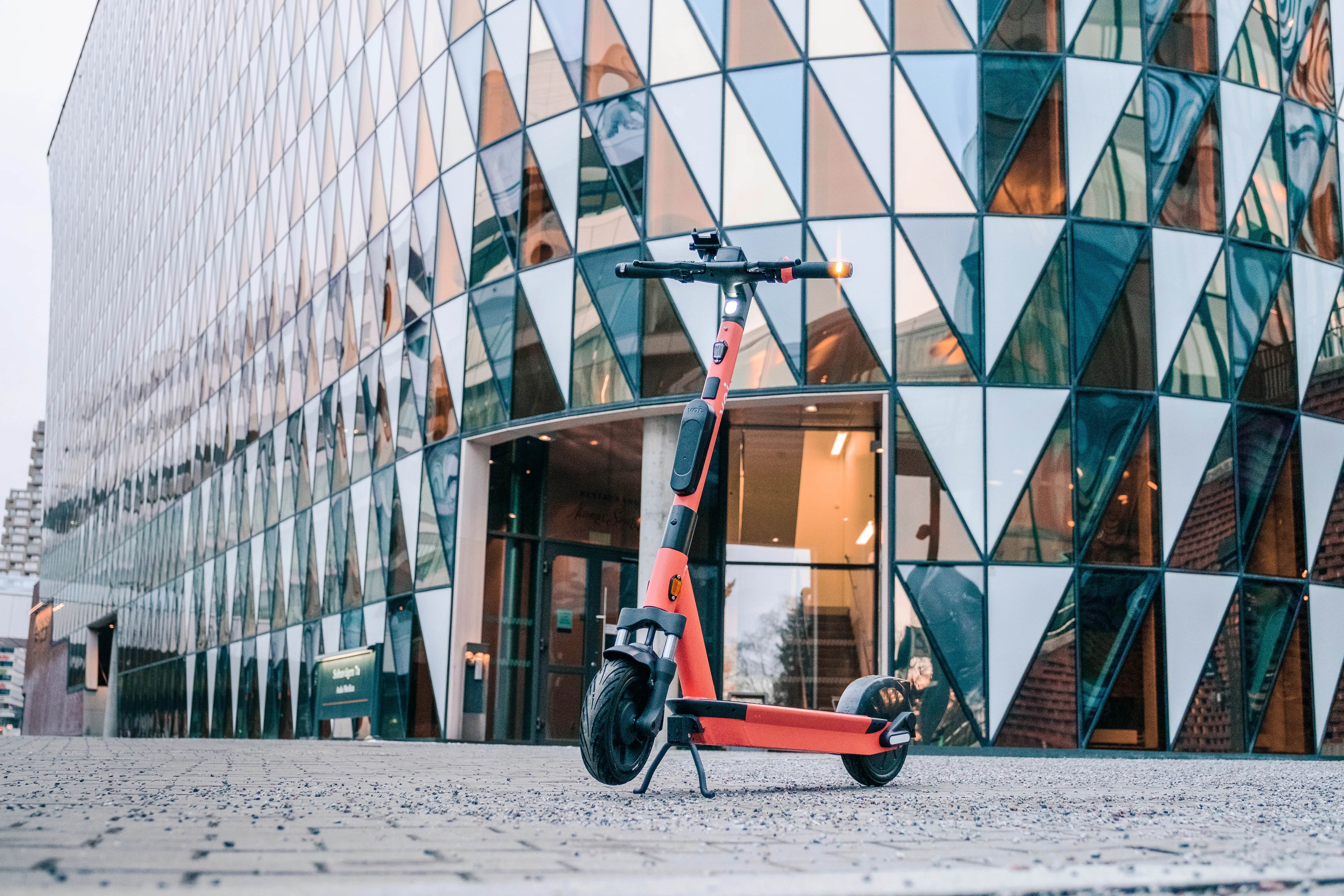The easy-to-install and compact StaRWIS, presented by the US division of Lufft, is a new stationary sensor for road weather information systems.
StaRWIS is based on a non-invasive, spectroscopic measuring principle, according to the company, based in The sensor is particularly suitable for hard-to-reach or critical locations, which make installation on the ground difficult or impossible. This includes, for example, bridges or city streets.
June 7, 2018
Read time: 1 min

The easy-to-install and compact StaRWIS, presented by the US division of 6478 Lufft, is a new stationary sensor for road weather information systems.
StaRWIS is based on a non-invasive, spectroscopic measuring principle, according to the company, based in The sensor is particularly suitable for hard-to-reach or critical locations, which make installation on the ground difficult or impossible. This includes, for example, bridges or city streets.
StaRWIS provides the values of road temperature, dew point temperature, water film height, road conditions (dry, wet, ice, snow, critical and chemically wet), relative humidity, the percentage of ice and friction.








